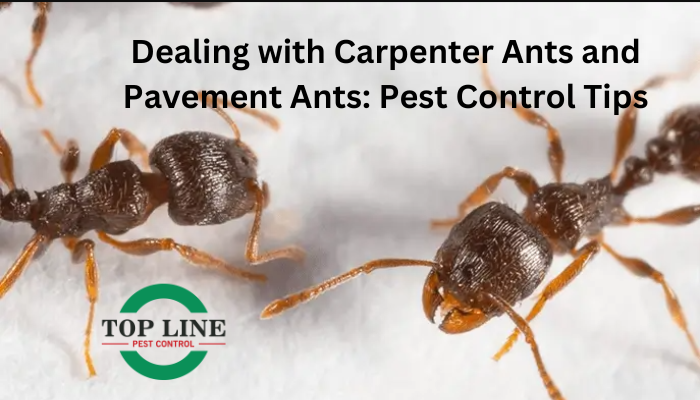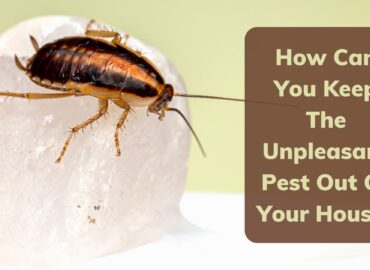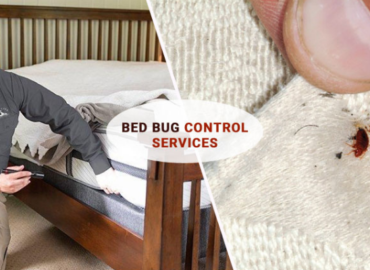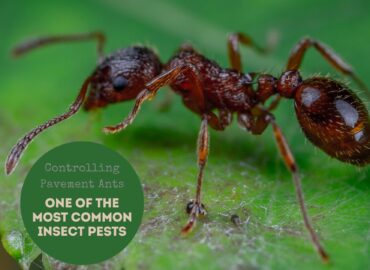Have you ever seen little black ants scurrying about your house or yard? If so, you’ve probably run into carpenter ants or Pavement Ants. Despite having similar outward appearances, these species differ in their physical makeup, nesting behaviors, and defense mechanisms.
Carpenter ants and pavement ants are nuisance household pests, causing damage to property and causing peace of mind. Effective pest control strategies are essential to maintain a pest-free environment.
Carpenter Ants: Silent Destructors
Despite appearing innocuous, carpenter ants may ruin structures by tunnelling through wood and constructing nests in wet or rotting wood. An infestation is sometimes indicated by the sawdust-like waste and rustling sounds they make inside walls.
Pavement Ants: Unwanted Intruders
In the immediate area of driveways, patios, and sidewalks, pavement ants are expert scavengers who frequently invade kitchens for food. When provoked, they may even bite humans or contaminate things that have been stored.
How do the pavement and carpenter ants make their way to your homes?
Sealing access sites, removing sources of moisture, and maintaining cleanliness are all necessary to prevent ant infestations. It’s essential to deal with ants immediately to stop a larger infestation.
- Wood that is wet or rotting, tree branches, gaps and fissures, diseased furniture, and pavement ants all attract carpenter ants.
- Carpenter ants can gather in wood supplies, tree branches, cracks and fissures, and contaminated furniture.
- Pavement ants construct nests near roads, patios, and sidewalks and can enter a building through external cracks and openings.
- Food scraps may attract pavement ants, and they may enter homes during the winter.
Effective Pest Control Strategies
Carpenter ants and pavement ants must be managed with proactive pest treatment.
- Identification – For targeted treatment, precise ant species identification is essential.
- Types of ants – Different ants call for various strategies.
- Sanitation– Keep your home clean, especially the kitchen, and seal any access spots to keep ants away.
- Remove attractants – Trim trees and bushes, patch leaks, and use non-toxic solutions like diatomaceous earth and baits laced with boric acid to eliminate attractants.
- Professionals help – If the infestation is severe, hire a pest control specialist to locate the source and implement specialized treatments.
Preventions
You should follow the below steps to prevent damage to the structure.
- Make a bait: Try making a bait to lure them inside the nest, So they are all in one place. You can use food like sugar or meat spread along the trail.
- Remove the trails: Clean the surface with vinegar where those have been travelling to your house.
- Destroy the nest: if you’ve found the nest of the swarm of ants, Destroy it. You should drill holes every six inches where you think the nest might be.
To get rid of pests, contact an expert who has dealt with these pest problems as soon as possible. Trust Top line pest control for skilled and dependable pest control services. Our knowledgeable Top Line Pest Control staff employs specialized methods to safeguard your property against these pesky insects, providing a pest-free environment. Visit our website to arrange a consultation and say goodbye to ant infestations.




